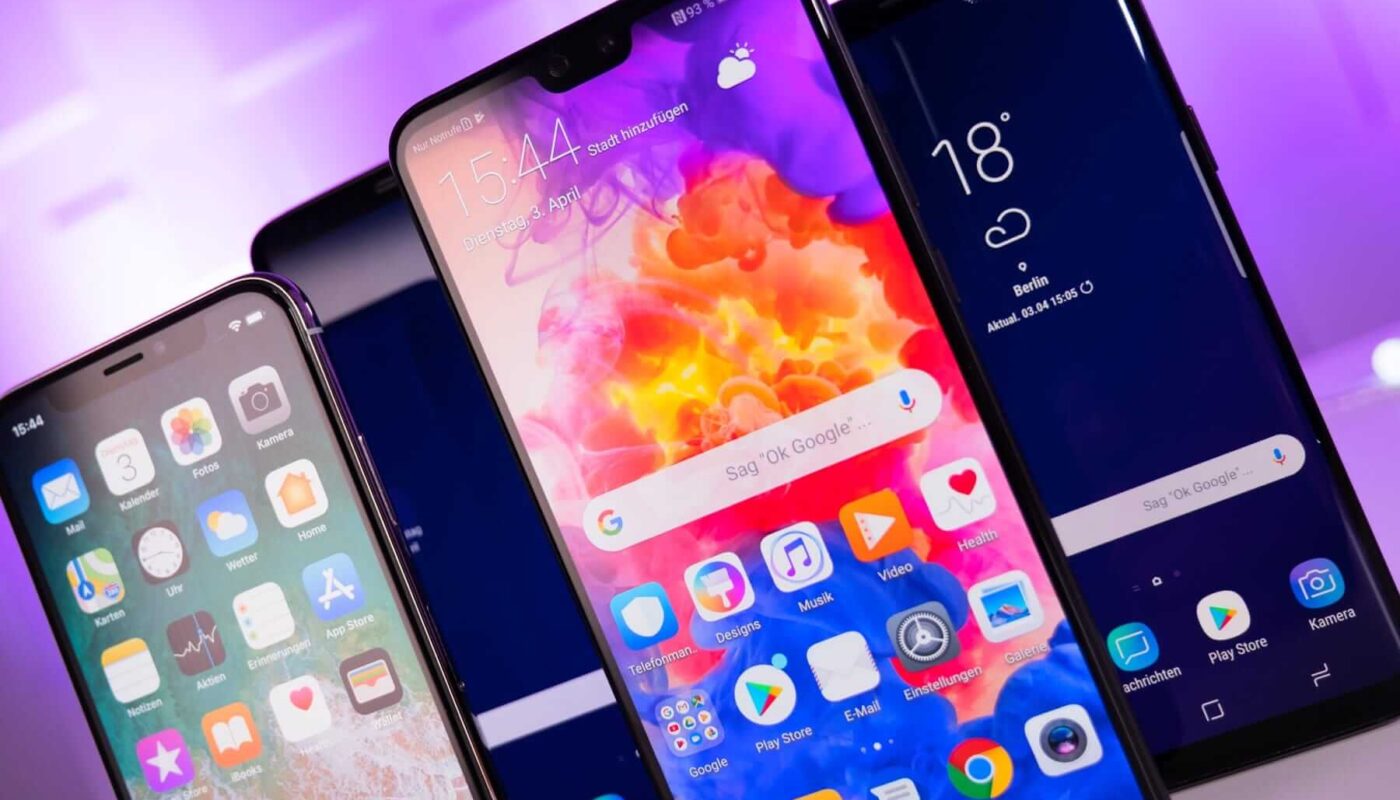The smartphone has become an integral part of our daily lives over the past decade. These powerful pocket computers have transformed how we communicate, work, and spend our leisure time.
The Early Years of Smartphones
The first smartphone capable of running third-party applications was released in 2007 with the debut of the iPhone. While earlier PDAs and devices like BlackBerry provided email and limited web access, the iPhone’s multi-touch interface and App Store changed the game. It popularized the concept of downloading and using various apps on a mobile device. Within a year, competitors like Android and Windows Mobile emerged with their own app platforms.
During these early years from 2007-2010, Smartphones started gaining mainstream appeal but were still niche devices. Only upper-income professionals regularly used smartphones for work and personal communication. Data plans were expensive, and mobile apps were fairly basic compared to what we see today. However, the foundations were laid for an explosion of innovation and widespread adoption in the coming years.
The Smartphone Goes Mass Market
As processing power and screen quality rapidly improved, smartphone prices dropped significantly in the late 2000s and early 2010s. Manufacturers like Samsung saw an opportunity and flooded the market with affordable Android devices. Simultaneously, mobile networks rolled out more affordable data plans.
Streaming music services like Spotify launched, followed by video services like Netflix and YouTube. Social media also became a prime mobile activity with Facebook, Twitter, Instagram, and more optimizing for small screens. By the mid-2010s, over half of Americans owned a smartphone. They were no longer expensive luxuries but everyday tools and toys for people of all ages and income levels.
Impact on Communication
One of the biggest impacts of smartphones has been on communication. We now conduct much of our interpersonal communication through messaging apps instead of traditional phone calls or texts. New mediums like Snapchat, WhatsApp, Messenger, and others have become common ways to reach friends, family, and coworkers. Additionally, social media has connected the globe in unprecedented ways.
The smartphone has also changed professional communication. Email is no longer constrained to desktop computers, and scheduling meetings, filing reports, and collaborating on documents can all happen from the phone. Many people remain reachable virtually 24/7 through messaging and work applications. While this constant connectivity enables flexibility, it also risks stress and burnout from an always-on work culture.
How Smartphones Have Changed Our Daily Lives
Beyond communication, smartphones have seeped into nearly every nook of daily life through myriad helpful and harmless apps. People use mapping apps like Google Maps when traveling, manage finances through banking apps, and stay informed with news aggregator apps. Fitness and cooking apps have become major wellness and hobby categories as well.
Entertainment has also gravitated heavily to mobile with gaming, streaming video, and social media filling idle moments. On average, Americans spend around 3 hours a day on their smartphones for activities like shopping, browsing the web, and using various apps. However, this constant engagement could risk forming unhealthy addictions and distractibility if not moderated.
The Downsides of Being Hyper-Connected
While smartphones deliver immense benefits and convenience, hyper-connectivity does come with real downsides. Constant access to work emails can diminish work-life balance and strain mental health if overused. Distraction from notifications and apps fragment focus and interrupt important tasks or social interaction.
Additionally, smartphone addiction, especially among younger people, harms personal development and relationships. Heavy social media use is linked to issues like depression, loneliness, and social comparison. Erratic phone use while driving remains a paramount safety concern as well. Achieving moderation will be an ongoing challenge as mobile technology further inhabits our lives.
The Future of Smartphones
Looking ahead, smartphones will continue getting more powerful with each new generation. Advances like 5G, edge computing, AI integration, and foldable designs usher in new capabilities. Augmented and virtual reality promise to blend digital experiences seamlessly into real life through smartphones. Devices will also become more personalized to individual needs, preferences, and biometric profiles.
New form factors will push the boundaries of what a smartphone can do. Whether embedded in eyewear, vehicles, or other wearables, mobile connectivity will spread to more mediums. While hurdles around affordability, accessibility, and digital divides remain, smartphones show no signs of slowing down in their domination of personal technology. They will continue driving innovation, commerce, skills transformation for years to come.
The rise of the affordable, accessible smartphone has massively changed the way we live, work, learn and connect in barely over a decade. From communication to habits to industries, few arenas have been left untouched. Managing both the promise and pitfalls of constant hyperconnectivity will define our relationship with these multipurpose pocket supercomputers going forward. Overall, smartphones have become indispensable machines that alter society in unprecedented scope.
*Note:
1. Source: Coherent Market Insights, Public sources, Desk research
2. We have leveraged AI tools to mine information and compile it



